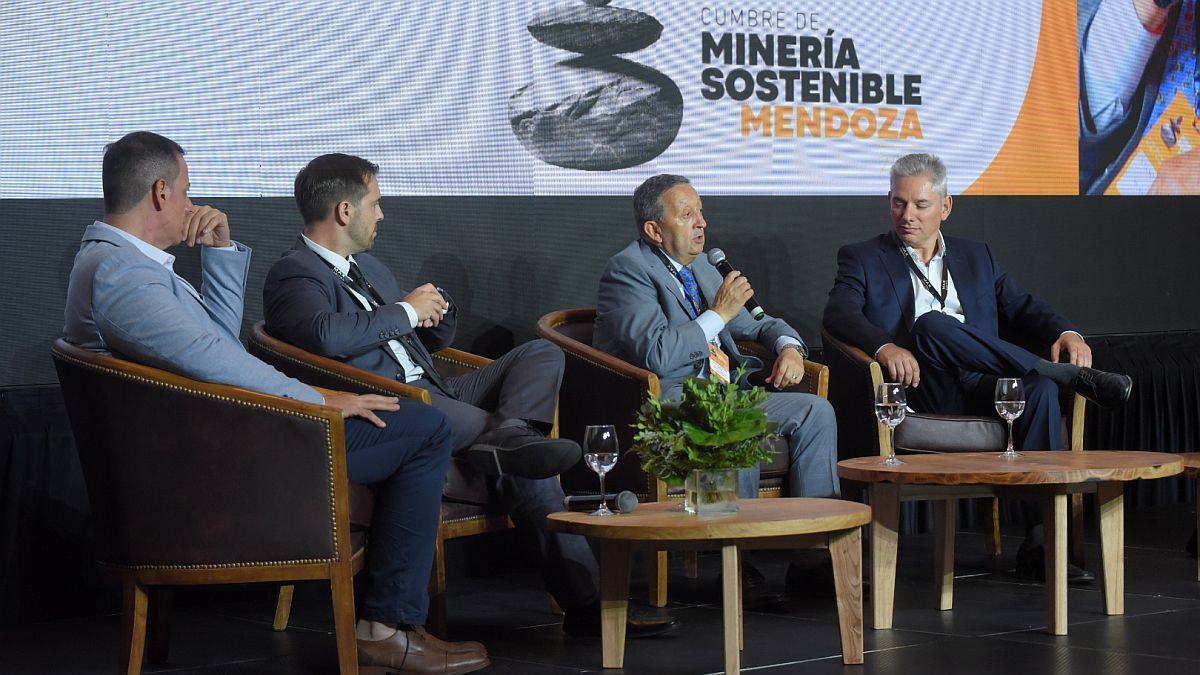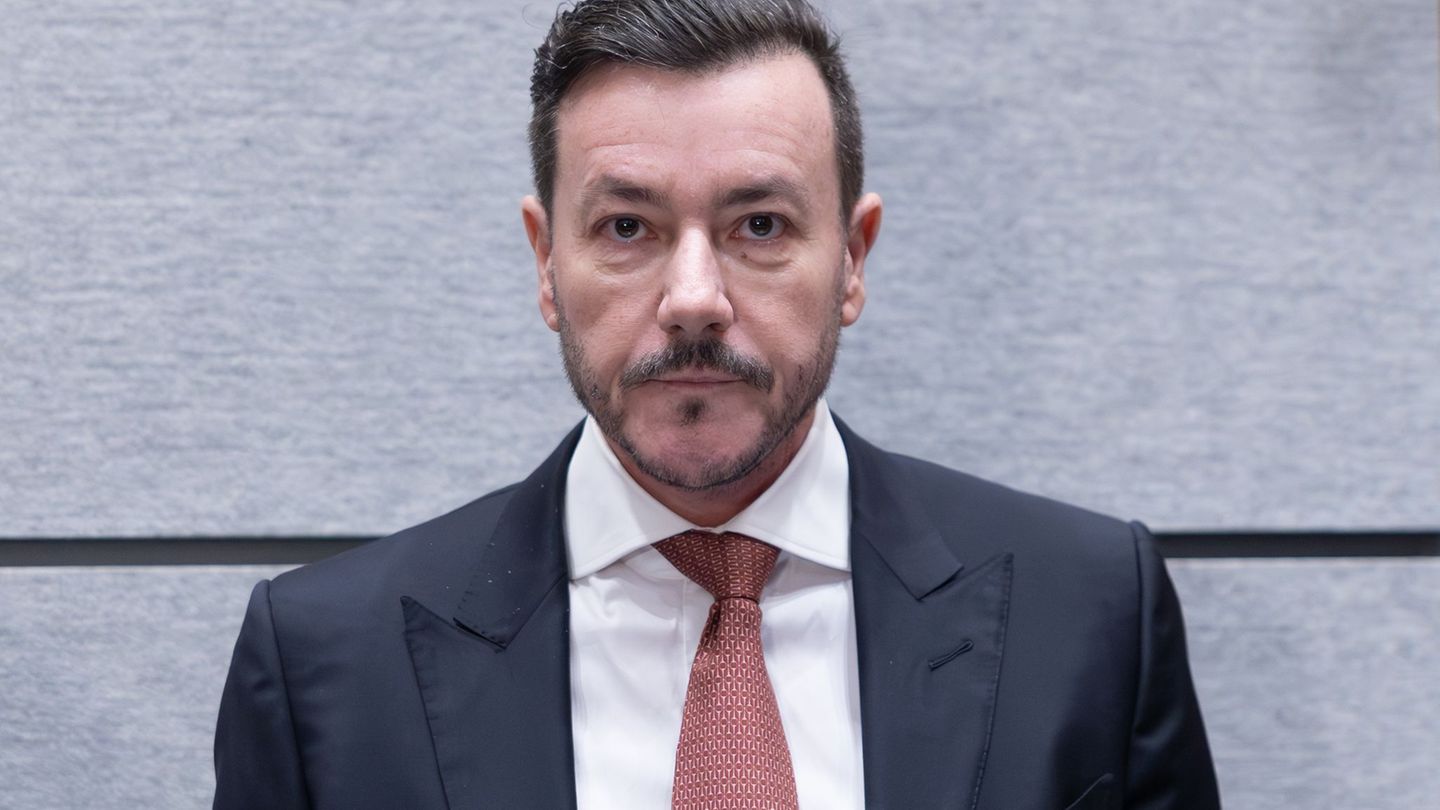Four experts who have worked since its inception in Malargüe Western Mining Districtthe most important sustainable mining project in Mendozawhose Environmental Impact Statement for the beginning of exploration was ratified by the Legislature, detailed how the steps were taken and what is missing to activate mining in the province.
In a panel moderated by the journalist Marcelo Torrezthe director of Mining of the Ministry of Energy and Environment, Jerome Shantalthe mayor of Malargüe, Celso Jaque; the CEO of Impulsa Mendoza, Emilio Guiñazú and Augusto Roggierodean of the Faculty of Sciences Applied to Industry of UNCuyo (FACAI), gave their vision about the training located in the south-central department of Malargüe, which has an area of almost 20,000 km2 and enormous potential in copper and others. essential minerals for the energy transition.
Jaque highlighted the commitment to advance sustainable mining activity in Mendoza, pointing out that this decision responds to the opportunity to develop the potential of the Malargüe Departmenthistorically linked to the mining. “We have taken the first steps on a path that has not been easy, but that gives us a great responsibility, both to the provincial and municipal governments, to demonstrate that mining can be done in a responsible and sustainable manner, with strict controls,” he stated. .
mayor of Malargüe Celso Jaque Mendoza
The mayor stressed that Malargüe It has 60 years of history in mining technical education and training of highly qualified human resources. “However, many of these young people have had to emigrate to work in other provinces such as Salta, Jujuy or Catamarca,” illustrated.
“This initiative allows not only to generate local employment, but also to demonstrate that politics can transform opportunities into realities, always with responsibility and sustainability as fundamental axes,” he concluded.
For its part, Jerome Shantal He delved into the reforms implemented in Mendoza to streamline and make processes related to mining more transparent. “We detected that the average time for legal and environmental concessions ranged between 10 to 15 years, which made it difficult to attract investors. For this reason, we are working on a new code of model procedures,” he explained.
Jerónimo Shantal Director of Mining of the Ministry of Energy and Environment Mendoza
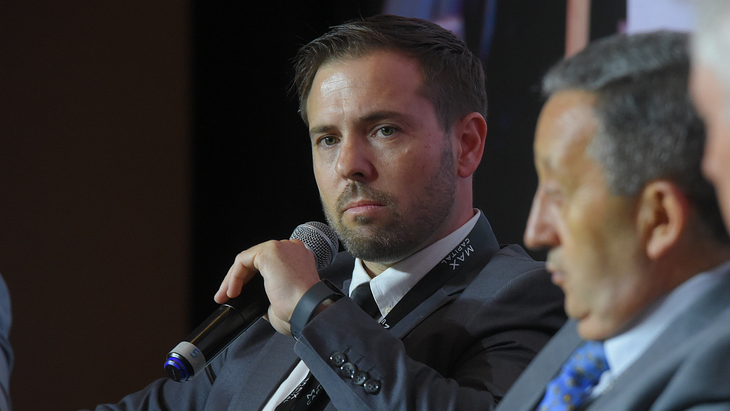
This framework includes social responsibility, community engagement and good practices. In addition, the mining police were strengthened, granting them powers to monitor and sanction and specific equipment. “Control generates trust, trust generates credibility, and that is social license, our highest priority in Mendoza,” he stated.
The reform also covered the environmental part through the Law 9003, that integrates procedural economy, speed and transparency. “We managed to process 34 environmental impact reports simultaneously, within the framework of the law and with legal certainty, granting confidence to investors and the community,” Shantal concluded.
From Impulsa Mendoza, the instrument created by the province of Mendoza for the development of sustainable mining in an orderly manner and with genuine investments, Guiñazú explained the origin and the work being carried out.
Emilio Guiñazú CEO Impulsa Mendoza
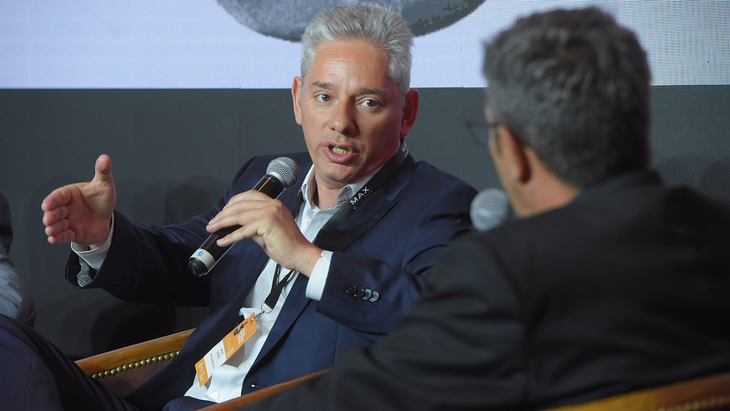
“It was born when the government decided to stop complaining about what we couldn’t do and focus on what was possible. Thus, we began by highlighting the Potasio Río Colorado project, in Malargüe, the largest in Argentina, which was abandoned,” he stated.
“The team negotiated with the Vale company, recovered assets and looked for new investors. This strategic approach allowed us to consolidate the initiative, later focusing on Malargüe, an area with a strong mining vocation, trained human resources and great geological potential,” he highlighted.
Furthermore, the concept of Malargüe Western Mining District It emerged in response to international markets, which demanded more agile processes for obtaining environmental licenses. “With in-depth technical and legal work, we designed a tool that accelerated the development of projects while respecting the regulatory framework of Mendoza,” said Guiñazú.
“With this strategy, Impulsa marked a before and after for mining in the province, generating confidence and attracting key investments,” hill.
Augusto Roggierodean of the Faculty of Sciences Applied to Industry at UNCuyo, emphasized that the participation of the academic field in mining processes is an initiative of the mining authorities of the Government of Mendoza.
Augusto Roggiero dean of FACAI at UNCuyo Mendoza
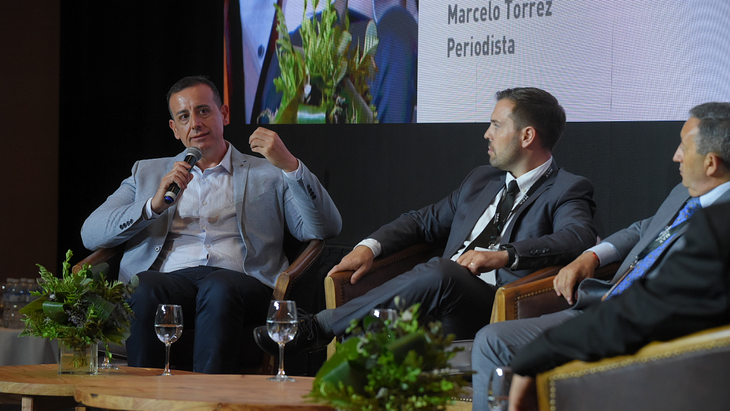
Roggiero highlighted the commitment of UNCuyo to guarantee sustainable and transparent processes in Mendoza mining. ““Our institutional responsibility is to ensure that the environment is protected and that developments are aligned with current regulations, but also with a proactive approach,” he pointed out.
Roggiero emphasized the collaboration between the university, the State and companies, mentioning the formation of a mining cluster together with INTI and private sector actors. “This model promotes synergies to develop technologies applied to projects such as the Salinas del Diamante and Mina San Jorge”he explained.
Furthermore, he highlighted the role of Environmental Management Unita legal figure created by resolution of the mining authority, where the faculty participates in monitoring management plans presented by companies. “Transparency is key: our technicians and specialists work from a genuine commitment, as citizens who live, work and share resources in this province,” Roggiero concluded.
The four speakers emphasized the firm conviction of citizen participation, commitment to communities, the intervention of academic, technical and independent organizations and orderly development with unrestricted respect for the environment.
Source: Ambito
I am an author and journalist who has worked in the entertainment industry for over a decade. I currently work as a news editor at a major news website, and my focus is on covering the latest trends in entertainment. I also write occasional pieces for other outlets, and have authored two books about the entertainment industry.

